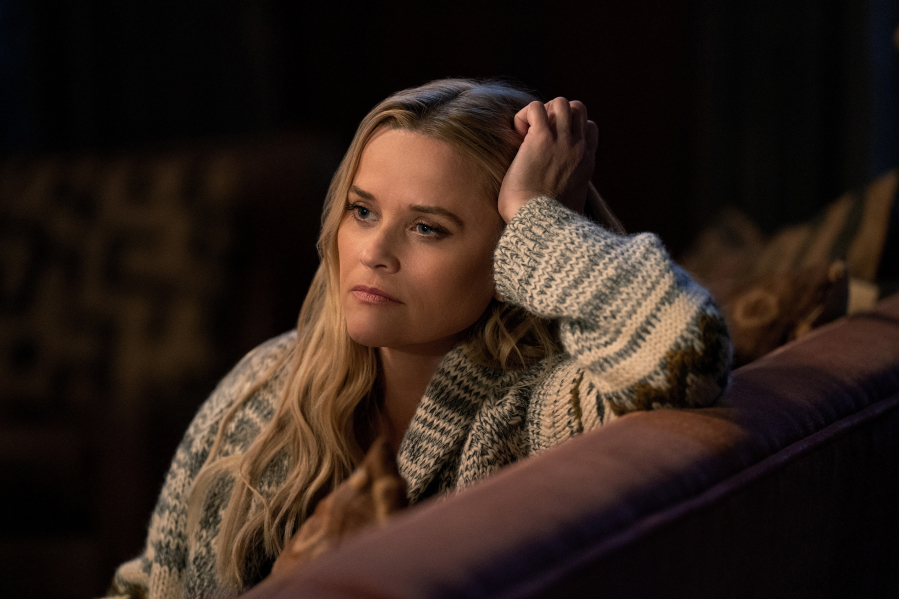[This article contains spoilers for Episode 5 of Season 3 of “The Morning Show.”]
LOS ANGELES — Drawing from real-world news headlines is baked into the premise of “The Morning Show,” Apple TV+’s drama about the behind-the-scenes machinations of a popular daytime news program and the lives of its anchors and leaders of the fictional network, UBA. The #MeToo movement, the 2017 Las Vegas shooting, and the COVID-19 pandemic are just some of the events that have served as backdrops to the dilemmas afflicting the show’s characters. Now, the series is among the first to dramatize the violent attack on the U.S. Capitol on Jan. 6, 2021.
The series returned last month for its third season with a time jump to March 2022, two years after the events of the Season 2 finale, allowing it to delve into a number of issues, including abortion access after the Supreme Court overturned Roe v. Wade. And this week’s episode, “Love Island,” goes back in time to fill in the gaps.
Written by Zander Lehmann, the episode chronicles the period from March 2020 to early 2021 and finds Bradley (Reese Witherspoon) out of New York City and in Montana, where she relocated with Laura (Julianna Margulies) to work remotely as the COVID-19 pandemic was taking hold. As Bradley grapples with the fear, anxiety and a sense of isolation during the early days of the pandemic, including processing the death of her mother from the disease, her family’s background and political views become a sore point in her relationship with Laura.
By winter, Bradley heads to Washington in the lead-up to the certification of the presidential vote and, later, becomes the person on the ground covering the insurrection at the Capitol on Jan. 6. While filming the chaos with her phone, she discovers her brother Hal (Joe Tippett) is part of the mob as he assaults a U.S. Capitol police officer. Bradley leveraged her coverage to score the anchor position for the network’s evening news program, but not before deleting footage that could implicate her brother — protecting him, at least for now.



